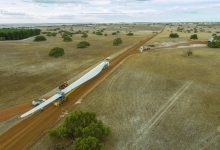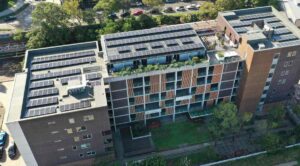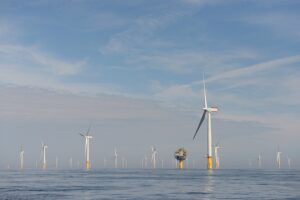The Australian Government’s Australian Energy Infrastructure Commissioner (AEIC) has released updated guidelines for landholders entering commercial agreements with renewable energy project developers.
The guidelines are designed to assist landholders in knowing their rights, asking the right questions and negotiating complex hosting agreements with the developers of wind, solar, storage and transmission infrastructure.
They were first developed in 2021 when the AEIC noted an increasing number of complaints from landholders about hosting agreements. An AEIC investigation found that many agreement documents were biased towards the developer and unfair from the landholder’s perspective.
The guidelines note the difference between different types of agreement, including license (or access) agreements, which grant the developer the right to access the land for the sole purpose of surveys and assessment.
They also include option agreements, which provide the developer with rights to lease or secure the property for the construction and operation of the project, and lease agreements, a complex commercial lease that commits the landholder for a long time.
The document advises landholders on matters to consider, including the terms of the agreement, the scope – including what access is required when and by who, any binding clauses that might lock the landholder into subsequent agreements, and fees payable to the landholder.
The relationship between regional landholders, local residents and developers has not always been an easy one. The AEIC hopes these new guidelines will help landholders enter into agreements better equipped to negotiate in their favour.
Issues noted by the Commissioner include very long-term wind farm agreements with set fees that may not reflect market value, and similar problems have emerged in solar, with landholders seeking an increase in rent paid per hectare based on the higher yields as solar technology improves.
Other issues include ‘blade trespass’, where a turbine blade needs to traverse a landholder’s property boundary when being transported, or powerline easements where the landholder has agreed for a powerline to traverse their property for a one-time fee.
The AEIC also notes that oftentimes a developer will enter into an agreement with the landholder for a set number of assets and then reduce them in the plan phase, resulting in lower fees for the landholder than expected.
This has often occurred as solar and wind power generation capacity have become more efficient over the long terms of an agreement.
At a broader level, the AEIC warns that developers conducting themselves poorly or failing to engage effectively with landholders can undermine public support for renewable projects.










